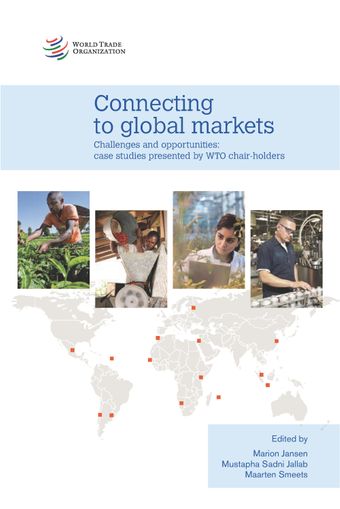- Home
- Books
- Connecting to Global Markets
- Chapter
Integrating small and medium-sized enterprises into global trade flows: The case of China

- Authors: Lei Zhang and Wei Xia
- Source: Connecting to Global Markets , pp 41-53
- Publication Date: February 2014
- DOI: https://doi.org/10.30875/255a109c-en
- Language: English
In China, the term “small and medium-sized enterprises (SMEs)” refers to “different forms of enterprises under different ownerships that are established within the territory of the People’s Republic of China that meet the social needs and create more job opportunities, and comply with the industrial policies of the State”. This definition is rather more complex than that in other countries, where the definition of SMEs tends to be based purely on their size. It is nevertheless the case that, in China also, SMEs tend to be enterprises which have fewer employers, lower sales volume and lower gross assets. Most Chinese enterprises are SMEs. Indeed, they account for more than 98 per cent of industry and contribute to 60 per cent of China’s GDP, 75 per cent of its industrial value-added output and 50 per cent of its revenue (as of June, 2012). Chinese SMEs also provide for 75 per cent of China’s urban employment opportunities and absorb more than 50 per cent of the workers laid off from the state-owned enterprises. They employ more than 70 per cent of the new entrants to the labour market (Jianjun, 2006). Hence, Chinese SMEs play an important role in China’s economic development, due to their contribution to GDP and the employment they create, as well as their vigorous creative ability.
-
From This Site
/content/books/9789287042460s009-c005dcterms_subject,pub_countryId-contentType:WorkingPaperSeries -contentType:Periodical -contentType:BookSeries -contentType:ReportSeries105


